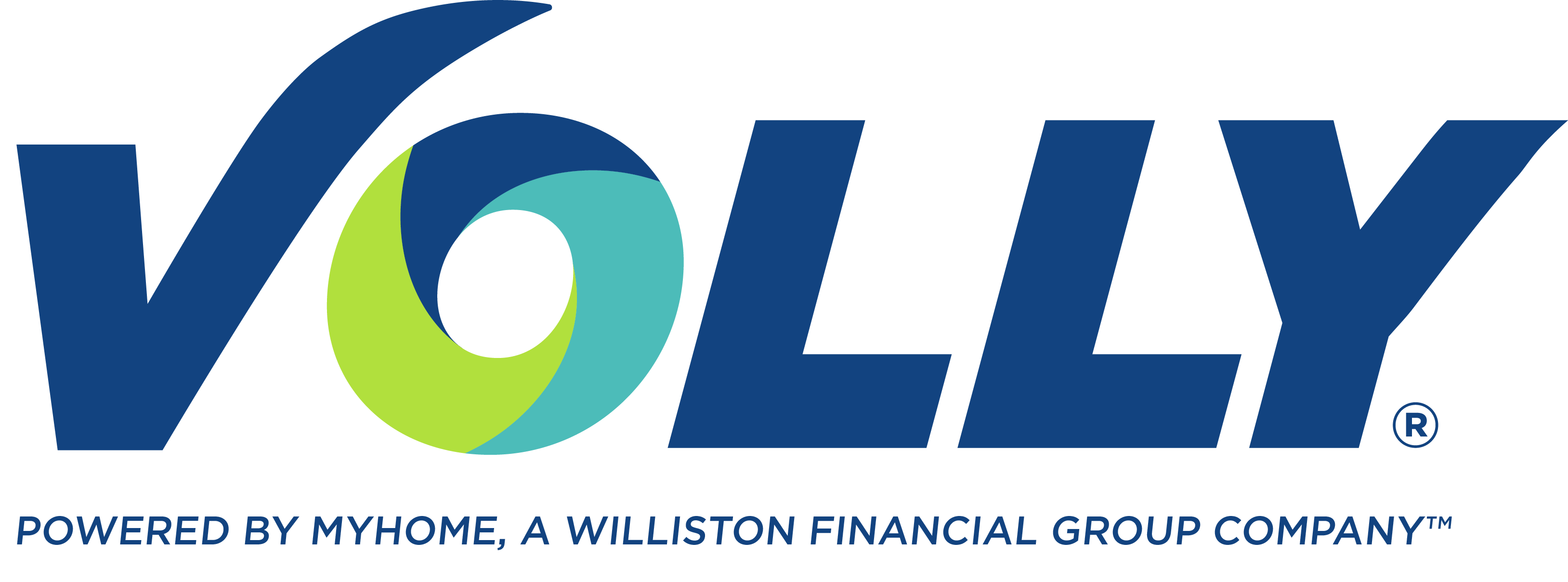Tips for Buyers & Sellers in Today’s Shifting Housing Market

The U.S. housing market achieved a historic milestone back in the spring. According to a Redfin report,1 there were an estimated 1.9 million home sellers and approximately 1.5 million homebuyers. This difference—of 490,041 more sellers, to be exact—was the largest imbalance on record.
In other words, we are firmly in a buyer’s market.
Here are other key numbers from the Redfin report:
- There are 34% more sellers in the market than buyers. At no other point in records dating back to 2013 have sellers outnumbered buyers by this much.
- One year ago, sellers outnumbered buyers by just 6.5%. And just two years ago, buyers outnumbered sellers.
- Thirty-one of the top 50 metros are buyer’s markets.
Whether your customers are looking to purchase a new home, sell their current one—or both!—we have the insights they need to navigate today’s dramatically shifting housing market. Check it out.
Tips for homebuyers
Negotiate aggressively
With sellers eager to close deals, a buyer can often negotiate a lower purchase price. A buyer should also research comparable properties in the area to ensure their offer is competitive but still reflects the market’s current conditions. Finally, they should not be afraid to start with an offer below the asking price, especially if the home has been on the market for a while.
Practice patience
The reduced competition means a buyer does not have to rush into a decision. This slower pace allows them to carefully evaluate their options and make a well-informed choice.
A buyer can also use this extra time to better evaluate their needs and wants. Creating a list of must-haves (e.g., number of bedrooms and bathrooms, proximity to work, etc.) and nice-to-haves (e.g., a pool, an updated kitchen, etc.) will help a buyer better focus on properties that truly meet their needs.
Don’t waive the inspection
In any real estate transaction, a home inspection is a critical step—and this holds true even in a buyer’s market. While a buyer may have more negotiating power, skipping the inspection could lead to unexpected and costly issues after the purchase.
Ask for concessions
If the home inspection reveals issues, a buyer has the upper hand to request that the seller address these problems before closing. This could include fixing structural issues, replacing outdated systems, or even cosmetic updates. If the seller is unwilling to make repairs, a buyer can negotiate a price reduction to cover the cost of fixing them.
In addition to price and repairs, a buyer can request additional concessions to reduce their out-of-pocket expenses. Two of the most common include asking the seller to cover part or all of the closing costs or negotiating to include appliances, furniture, or other items in the sale.
Don’t be afraid to walk away
One of the biggest advantages of purchasing in a buyer’s market is choice. With more properties available, a buyer is not under the same pressure they would face in a competitive seller’s market. This means a buyer holds more leverage—and part of that leverage is the ability to walk away if a home doesn’t meet their needs or budget.
Tips for home sellers
Don’t set the price too high
While a seller’s primary goal is to maximize their profit, overpricing a home can backfire. Here’s why it’s important to set a realistic price:
- Today’s buyers are more informed than ever. Most do their homework and have a good understanding of local market values. Overpricing can deter serious buyers who recognize the home is listed above its worth.
- Search filters do matter. Buyers often use specific price ranges when searching for properties online. For instance, if a home is valued at $349,000 but is listed at $360,000, it may not appear in searches for properties priced between $325,000 and $350,000 and the seller loses a key buyer segment.
- The first 30 days are critical. The first month on the market is when sellers have the most leverage. Overpricing during this critical window can lead to fewer showings and missed opportunities, ultimately prolonging the sale process.
But also, don’t set the price too low
Listing a home below its market value is a common strategy used by sellers to attract attention and potentially ignite a bidding war. It’s also a tactic often employed by those who need to move a property quickly, whether due to a job relocation or financial circumstances.
However, this approach does come with risks. Pricing a home too low can result in leaving money on the table, ultimately reducing the seller’s profit. Additionally, an unusually low price may raise red flags for potential buyers, leading them to assume the property has hidden issues or significant flaws.
Make a home move-in ready
In our current market, buyers have numerous options, so ensuring a home is in top condition is a must. Address any necessary repairs, update outdated features, and consider fresh paint or minor upgrades to make a home more appealing. A seller should also focus on boosting their home’s curb appeal. This can mean ensuring landscaping is well maintained, painting the front door, and cleaning windows.
Be flexible with terms
In a buyer’s market, being willing to negotiate on terms beyond the final sale price can make a property stand out and lead to a smoother, faster transaction for all parties involved.
One of the most attractive incentives a seller can offer is a quick closing. Buyers often have pressing timelines, so the ability to close in 30 days or less can be a significant advantage. A seller can also be flexible with the move-in date since quite often a buyer’s or even offer ideal closing date does not align with their moving logistics.
Partner with a real estate professional
In a buyer’s market, standing out from the competition is essential—and a strong marketing strategy can make all the difference. This is where a real estate professional can help. An experienced and knowledgeable agent can help a seller create a tailored marketing plan that highlights their home’s best features. They also have access to tools and networks that can maximize a home’s exposure.
Gain an edge in our shifting market
Strong, enduring industry partnerships can provide the strategic edge you need to succeed in today’s competitive buyer’s market.
Volly is revolutionizing the way loan officers and real estate professionals collaborate thanks to a powerful new component within its Marketing Automation Suite: Network Connections. This next-generation solution empowers LOs to seamlessly and proactively support their realtor partners, fostering stronger relationships and driving mutual success. Network Connections removes the friction of co-marketing efforts by automatically creating compliant, co-branded property websites and flyers the moment new listings go live in the MLS.
Schedule a demo today to learn how Network Connections can give you an edge in our shifting market!

